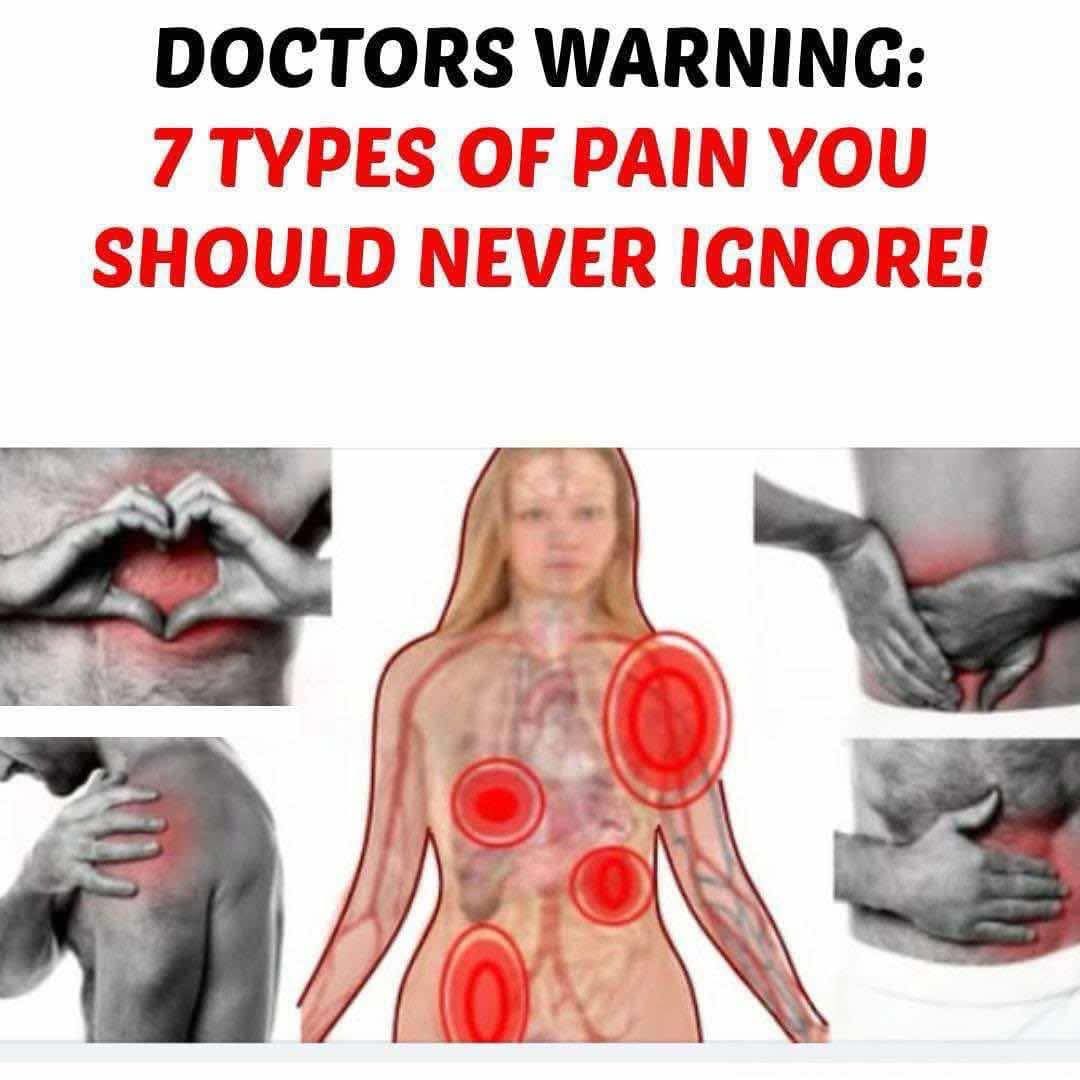Pain is one of the most common signals your body sends when something is wrong. However, many people tend to ignore or tolerate certain pains, not realizing that leaving them untreated can lead to serious health issues. It is crucial to listen to your body and address any pain as soon as possible, especially if it persists over time. Here are seven types of pain that may seem minor at first but should never be ignored:
1. Painful Urination
If you experience pain during urination along with a frequent, urgent need to go, it could be a sign of a urinary tract infection (UTI). UTIs are often caused by bacteria entering the urinary tract, but they can also result from kidney stones, prostate problems (in men), urinary catheters, a weakened immune system, or dehydration. If left untreated, UTIs can lead to more serious kidney infections.
2. Leg Pain with Swelling
Throbbing pain in the leg, particularly in the thigh or lower leg, combined with swelling, redness, and warmth, could indicate Deep Vein Thrombosis (DVT). DVT occurs when a blood clot forms in the deep veins of the leg. If the clot breaks off, it can travel to the lungs, leading to a life-threatening condition called pulmonary embolism. If you experience these symptoms, it’s important to seek medical attention immediately.
3. Throat Pain
A sore throat that feels like you’re swallowing sand can indicate tonsil stones, strep throat, or other conditions. While these are treatable, ignoring a sore throat can lead to complications, especially if it is accompanied by swelling, fever, or a hoarse voice. If your throat pain persists or worsens, consult a healthcare provider for proper treatment.
4. Chest Pain
Chest pain should always be taken seriously. It can sometimes signal a heart attack, especially if accompanied by shortness of breath, dizziness, or cold sweats. Even if the pain doesn’t seem severe, it’s important to rule out any heart-related issues with a medical professional. Don’t ignore this kind of pain—seek help immediately.
5. Severe Headache
While everyone experiences headaches from time to time, some headaches can be a sign of more serious conditions, such as a hemorrhagic stroke, aneurysm, meningitis, or migraine. If your headache is severe or accompanied by symptoms like nausea, confusion, or visual disturbances, it’s important to visit a doctor as soon as possible for further evaluation.
6. Sharp Lower Back Pain
Lower back pain can occur for a variety of reasons, including muscle strain, sciatica, kidney stones, or a herniated disc. In women, conditions like endometriosis can also cause sharp back pain. If the pain persists for more than a few days, or if it is severe, it is advisable to consult a healthcare provider to identify the underlying cause and receive proper treatment.
7. Pelvic Pain
Pelvic pain in women is often caused by menstruation, endometriosis, or ovarian cysts. However, more serious conditions such as ectopic pregnancy, ovarian cancer, or uterine cancer can also lead to pelvic pain. In men, pelvic pain is frequently caused by prostatitis, an inflammation of the prostate. If the pain is persistent or severe, it is important to consult a doctor for diagnosis and treatment.
If you experience any of the pains listed above and they don’t subside or worsen over time, it is essential to seek medical advice. Ignoring these signals can lead to complications and may even result in serious health issues down the line.
For more insightful stories, don’t miss:
Full Story: Man Loses 360 Pounds Naturally—Internet Rallies to Support His Next Step
Full Story: Tammy Hembrow’s Bikini Photos Are Stirring Controversy—Here’s Why Everyone’s Talking
Remember, always consult your healthcare provider for any health concerns, and never ignore pain that could be a sign of a serious condition.
Disclaimer: This article is for informational purposes only and not a substitute for professional medical advice, diagnosis, or treatment.






